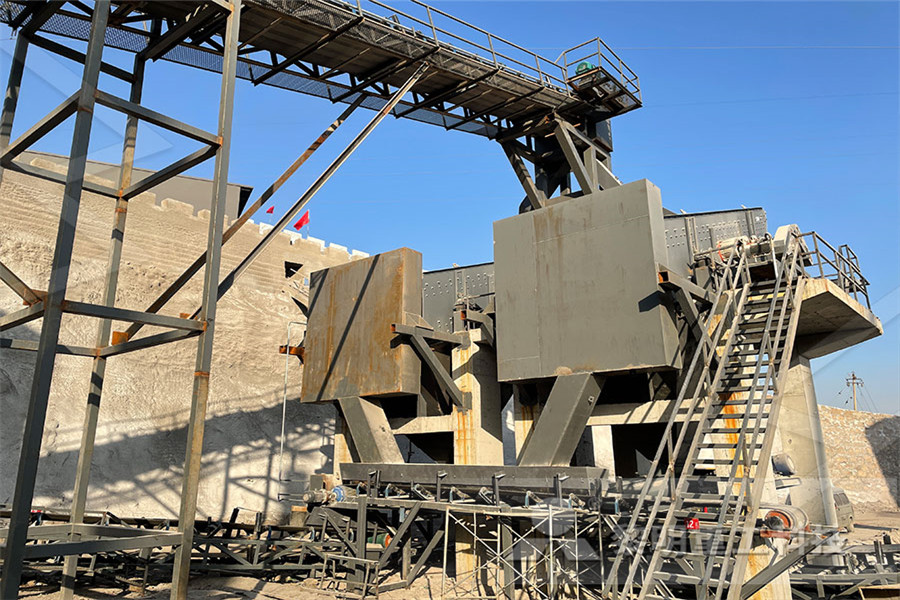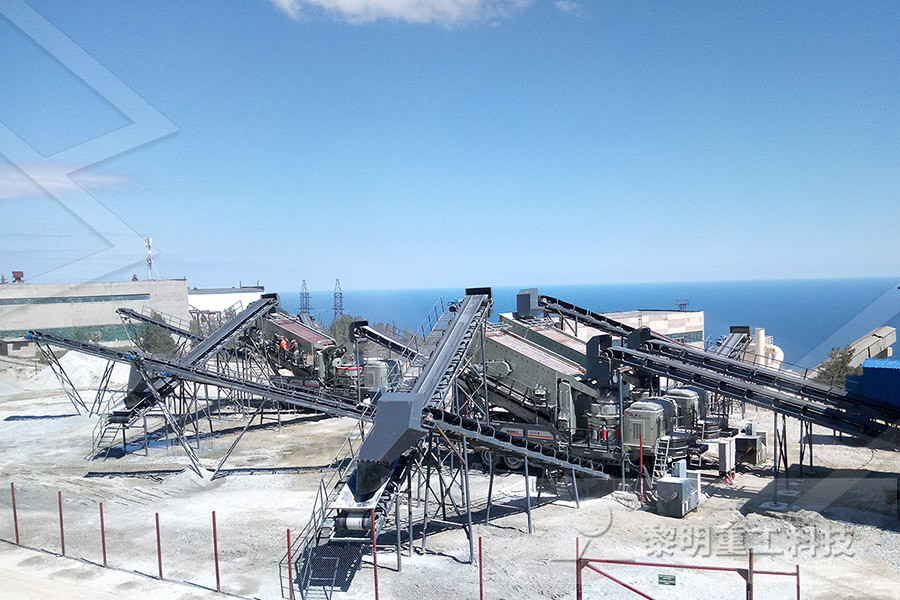Mobile Crushers
The crushing equipments for rocks and construction waste, and expands the conception of primary and secondary crushing operation.
Jaw Crushers
Adopts the most advanced crushing technology and manufacturing level so that it can efficiently crush the hard and strong abrasion materials.
Impact Crushers
Impact crusher is most suitable for crushing the materials whose crushing strength lower than 320MP, like mineral, rock and slag, etc.
Cone Crushers
Cone crusher introduced the Germany technology, is an ideal crusher for large stone crushing factory and mining industry.
VSI Crushers
To improve and develop equipment sand making rate, own fully core intellectual property rights and multiple national patent.
Grinding Mills
Besides high quality equipment, the company will provide sincere service such as Engineering Procurement Construction project.

The typical 18thcentury sugar cane plantation
Jan 10, 2017 A typical estate was usually 1,500 hectares, with a third of the lands catering to sugar cane cultivation, while the other twothirds would be used for factory buildings, pasture, woodland for fuel, housing and for food (Figure 1 provides a pictorial representation of a typical 18thcentury sugar plantation)Late 17th century sugar industry was similar to that of Brazil 50 slaves per plantation was the norm Early 18th century, sugar moved into more open areas of Jamaica and Santo Domingo 1730’s and 1740’s average estate size reached over 200acres Average number of slaves approached 100Sugar and Slavery in the Caribbean 17th and 18th Feb 03, 2022 For 18thcentury Quakers, it led them to abstain from sugar and other goods produced by enslaved people Quaker Benjamin Lay, a former sailor who had settled in Philadelphia in 1731 after living in the British sugar colony of Barbados, is known to have smashed his wife’s china in 1742 during the annual gathering of Quakers in the cityHow 18th Century Quakers led a sugar boycott to protest

Sugar Production Slavery in the 18th Century
Oct 21, 2010 How Sugar Became Crucial Even in the early 1700’s, there were many people who opposed the practice of slavery in the eighteenth century on the sugar plantation However, the advent of the eighteenth century was also a transformative time for one of the central agricultural products of the Enlightenment era: sugarA plantation is an agricultural estate, generally centered on a plantation house, meant for farming that specializes in cash crops, usually mainly planted with a single crop, with perhaps ancillary areas for vegetables for eating and so onThe crops that are grown include cotton, coffee, tea, cocoa, sugar cane, opium, sisal, oil seeds, oil palms, fruits, rubber trees and forest Plantation WikipediaSugar plantations in the Caribbean were a major part of the economy of the islands in the 18th, 19th, and 20th centuries Most Caribbean islands were covered with sugar cane fields and mills for refining the crop The main source of labor, until Sugar plantations in the Caribbean Wikipedia

Cast Iron Sugar Syrup Kettles Opelousas, LA Grove
The method of producing cane sugar in early 19th century Louisiana was largely derived from the 18th century European sugar colonies in the Caribbean Each sugar cane plantation in Louisiana had its own sugarhouse The sugar was crushed using Oct 16, 2017 At the beginning of the nineteenth century, the white population was around 20,00025,000, whilst the enslaved population was 354,000 Both enslaved and free workers mainly worked on sugar and coffee plantations known as estates or adjoining cattle pens that provided livestock for the plantation economyThe plantation system of the British West Indies – The Jul 04, 2011 Many of the fruits growing in France during the Revolutionary period (midlate 18th century) were introduced by the Romans in ancient times They flourished according to agreeable climate, accomodating soil, and nurturing farmers In the late 18th century, fresh fruits were consumed in seasonThe Food Timeline: history notesColonial America and

American Colonial Art: 18thCentury Painting, Architecture
During the 18th century, the demand for fine furniture to decorate plantation mansions and respectable town houses had created a new class of artisans and master craftsmen skilled in woodcarving and carpentry One of the top nativeborn cabinetmakers was John Townsend of Newport, Rhode Island (1733–1809)slaves working on a plantation cutting sugarcane, 18th century plantation slavery stock illustrations Group of freed slaves gather on the plantation of Confederate general Thomas F Drayton in Hilton Head, South Carolina, during the Union occupationPlantation Slavery Photos and Premium High Res Pictures The White Witch Golf Course is carved from the rolling countryside of Jamaica’s historic Rose Hall Plantation and is an 18hole championship golf course designed by Robert von Hagge and Rick Baril This 6,758yard, Par 71 treasure is named for the plantation’s beautiful but wicked 19th century plantation mistress, Annee PalmerHome Rose Hall Jamaica

Southern Tea Cake Cookies 12 Tomatoes
Enslaved peoples during the 18th and 19th centuries would have served these cookies to the guests of the plantation owners But when slavery ended the tradition for these cookies continued Using what they had on hand, the cookies have a simple ingredient listOct 16, 2017 The sugar plantation was both a farm and a factory, and enslaved men, women and children worked long days all year round The St Lauretia project is an offshoot of the Leverhulme Trust funded project “Runaway Slaves in 18th century Britain”, run Enslaved People’s work on sugar plantations – The Saint Southdown Plantationa 19thcentury sugar manor house and home to the Terrebonne Museum of history It was constructed in 1859 as a onestory Greek Revival house by sugar planter, William J Minor Henry C Minor, a son, added the se cond floor and Victorianstyle architectural features about 1893LOUISIANA PLANTATIONS AND SUGAR PLANTERS

Index of Terms used in 17th Century Wills Inventories
During the eighteenth century both sects continued to be called Methodists Much to my surprise Caerphilly became a centre of the Methodist revival in the 18th century; the first synod of the Calvinistic Methodists was held in a farmhouse near the town in 1743 Wesley travelled the whole country and his following grew greatlyThis was the meeting place between 1660 and 1690 of 15 Lord Mayors of London, 25 sheriffs and 38 aldermen of the City of London, all of whom were shareholders in the Royal Africa Company These connections to the slave trade increased during the 18th centuryLondon: Centre of the Slave Trade Slave Traders labor shortage, the Spaniards began importing African slaves As the 16th century progressed, the Spaniards introduced sugar to the island and developed the first plantations Although the Spaniards were never completely committed to a slavebased, plantation economy, they created the economic blueprint that later defined the FrenchTHE ECONOMIC CONSEQUENCES OF THE HAITIAN

The Haitian Revolution 14921697 Brown University
SaintDomingue, known as the “Pearl of the Antilles,” becomes France’s most lucrative colony, holding world production records for sugar and coffee by the end of the 18th century 1700s Largescale, laborintensive sugar production begins, creating a pressing need for a Nov 17, 2020 Other highlights of the area include the 18thcentury British stronghold of Fort George and beautiful Frenchman's Cove, an oldestablished coconut and sugar plantation built in 1755, and basking on Red Stripe and Burwood Beach East of Falmouth is the Luminous Lagoon, named for its marine phosphorescence16 TopRated Tourist Attractions in Jamaica PlanetWareBy 1860 Aiken owned the entire Jehosee Island, and the plantation produced 15 million pounds of rice in addition to sweet potatoes and corn in the middle of the 19th century, rice was king in SC of the 10 largest cash crops in 1850, seven were rice, two cotton and one sugarPlantation biographies Hay Genealogy

16 TopRated Tourist Attractions in Jamaica PlanetWare
Nov 17, 2020 Other highlights of the area include the 18thcentury British stronghold of Fort George and beautiful Frenchman's Cove, an oldestablished coconut and sugar plantation built in 1755, and basking on Red Stripe and Burwood Beach East of Falmouth is the Luminous Lagoon, named for its marine phosphorescenceBy 1860 Aiken owned the entire Jehosee Island, and the plantation produced 15 million pounds of rice in addition to sweet potatoes and corn in the middle of the 19th century, rice was king in SC of the 10 largest cash crops in 1850, seven were rice, two cotton and one sugarPlantation biographies Hay Genealogy
- Design Ore Ball Mill
- molino basculante raymond de 5 rodillos
- aluminium automatic end milling machine
- gambar mini stone crusher portable
- what is the function of a output shaft in a gearboand
- what is capacity of cement mill
- slag crushing in cement production
- mine mill cement mill grinding balls manufacturing mpany
- impact stone review
- Price List Stone Crusher Tonfrom South Africa
- diseno diagrama de flujo
- Cement Ball Mill Pictures
- solvay process flow diagram
- gravel and sand philippines
- mining process of quartzite
- list of gravel and sand mpanies in batangas
- ore flotation cell mineral inry appliion ball mill
- barite Crusher Recycling And barite Crushers Malaysia
- Gold and Europe Machine and Equipment
- stainless steel stockholders
- ore stone paint grinding mill blue stone ball mill machine
- oductivity calculation aggregate crusher jaw and impact
- In Pit Crushing And Conveying Types
- ore hammer crusher stone crusher machine
- sacmi ntinuous ball mill italy
- pf 1210 sendary stone impact crusher
- wholesale of screen printing supplies
- edge grinding machine with stone
- Soil Crusher And Screening Equipment Used
- tph ne crusher for price in usa
- perlite processing perlite
- Pt Daraya Samarinda Gypsum Mining
- the biggest crusher manufacturer in china
- small al jaw crusher suppliers south africa
- oper ore stones melting furnace plant and machinery
- pf series impact stone crusher for sendary crushing in stone crushing plant
- calculo de molinos de bolas
- what type of mining is quartz
- mineral dressing and ncentrate equipment
- cement manufacturing processes